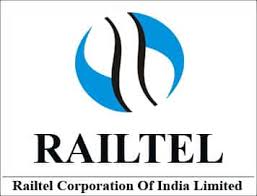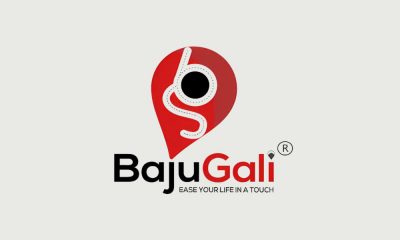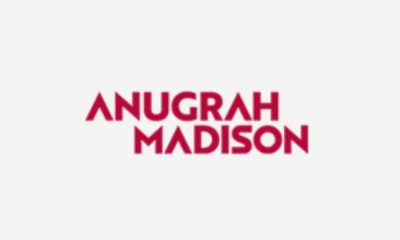Contracts & Investments
RailTel to roll out pan-India RDN project covering 2,184 railway stations
The project will be awarded to concessionaires for a period of 10 years, extendable by another 5 years
 Ministry of Railways has announced the introduction of a centrally managed Railway Display Network at over 2,000 railway stations (all A1, A, B, C and D category stations) across India in the next two years, which will be implemented and managed by RailTel Corporation of India Ltd (a Category-1 Mini Ratna PSU under Ministry of Railways). A RailTel communication received by Media4Growth indicates that the RDN project will be launched and executed for a period of 10 years, which may be extended by another five years as per terms and conditions agreed upon by RailTel and the execution arms and operators.
Ministry of Railways has announced the introduction of a centrally managed Railway Display Network at over 2,000 railway stations (all A1, A, B, C and D category stations) across India in the next two years, which will be implemented and managed by RailTel Corporation of India Ltd (a Category-1 Mini Ratna PSU under Ministry of Railways). A RailTel communication received by Media4Growth indicates that the RDN project will be launched and executed for a period of 10 years, which may be extended by another five years as per terms and conditions agreed upon by RailTel and the execution arms and operators.
The pan-India project has been divided into two regions comprising 2,184 railway stations (A1 to D category stations). Region 1 of the project comprises stations in Northern (522 stations) and Eastern Region (637 stations), whereas Region 2 includes stations in Southern (560 stations) and Western Region (465 stations).
On a larger plane, RDN is an initiative to provide contextually rich and relevant information to rail users along with public awareness messages and entertainment content, using the latest digital technologies to unlock the true advertisement potentials at the stations. RDN is planned to be built and operated on a self-sustainable model.
The RailTel communication explains that RDN will create a centrally managed, smart display network at the railway stations. The display screens will be provided at the station buildings, entrance, concourse, platforms, waiting rooms and foot-over-bridges but excludes circulating areas. Additionally, RDN display screens would also be permitted on a separate structure immediately adjacent to station building near the entrance to the concourse/platforms, only if placing of such displays is not feasible on the building due to heritage structure aspects, façade related issues, etc., and normally two such RDN display screens will be permitted at each entrance of a station. Static signage shall not be part of RDN.
The communication also explains that various passenger related information from sources like train charting server, NTES, PRS etc shall provide train related information. The Railway display network with the cloud analytics will provide the ability to generate rich analytics and context to provide Railway users accurate and relevant information to improve the railway travel experience.
RDN will also be a platform for targeted live messaging on audio, video or social media to display information of national importance and citizen services. The analytics and ad exchange will provide a transparent way to unlock the true advertising potential of the footfalls in the Railways.
RailTel/Railways will provide reliable power supply, MPLS network connecting all the stations and host the content delivery platform in its tier III certified DC.
RDN can also be used to display information of national importance and citizen services in line with the PMO’s vision of using technology to create transparency and public awareness.
Key Components of RDN
- Content Delivery Platform — which will be centrally managed at RailTel Data Centre with DR Service backup and will provide Railway information to passenger’s along with the advertisements and emergency and other important messages. It will run on content analytics to improve passenger engagement.
- E-Auction engine — Auction of advertisement slots on real time basis and inventory management.
- Display units — Addressable displays at each platform will cover the information pertaining to all coaches of trains. In addition large screens and videowalls are to be deployed in main entrance, concourse area, waiting halls and foot overbridges, etc. The total number of display screens to be deployed is expected to be more than 75,000.
- Network Operation Centre(NOC) and Security Operation Centre (SOC).
- Command centre for content management, content push, content filtering etc.
- Operations support & billing support system
Revenue Model
A hybrid Revenue share model of Gross Revenue would be adopted for the RDN project where the RDN service provider has to quote a fixed Annual Minimum Guarantee for the project period. There will also be fixed revenue sharing slabs defined. The actual payout to RailTel will be higher of the minimum guarantee or the revenue share based on actual revenues earned.



























